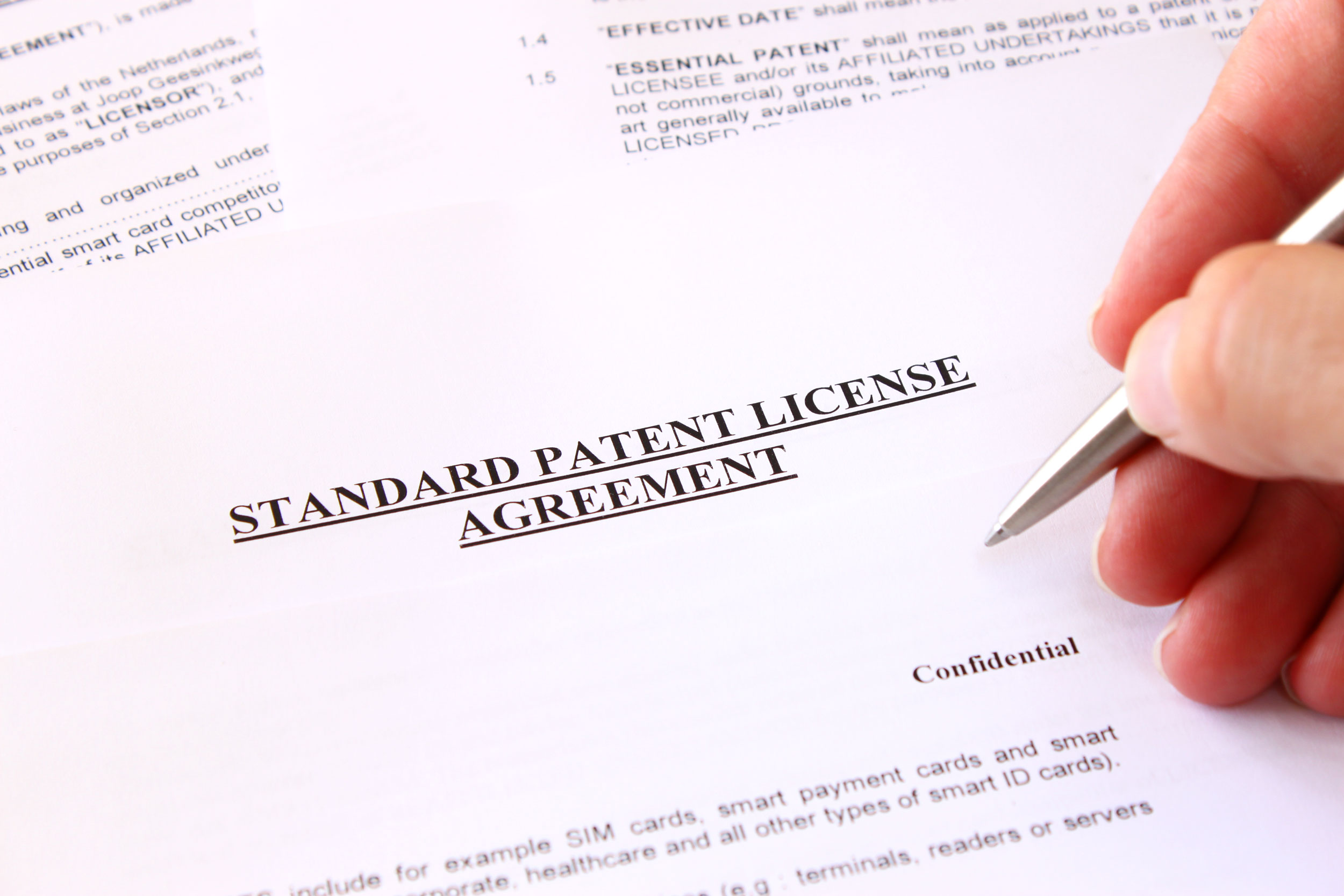| |
12606
0
What Do We Mean by “Patent-Pending Technology”?

Smart Safety uses “patent-pending technology” – what do we mean when we say that?
To answer that question, let’s first briefly explain why we made Smart Safety at all.
Our roots aren’t actually in technology, they’re in construction; an extremely safety-sensitive industry, because it’s an extremely dangerous one as well.
A typical construction site has anywhere from dozens to thousands of people who are working on scaffolding, lifts, and ladders around heavy machinery, caustic chemicals, flammable materials, loud noises, electricity…the list goes on.
Buildings and jobsites can be confusing to navigate for people who are unfamiliar with the premises, especially in terms of exit locations, egress routes, and knowing where to meet (“rally points”) in the event of an emergency evacuation. Sprawling floorplans, multiple floors, complex or evolving layouts, and chaotic conditions – such as those found during ongoing construction – can further complicate an organized, safe, and rapid evacuation. Conventional alert methods like maps, signage, and verbal communications may be ineffective or inaccurate and, during an emergency event, the resulting commotion may render these methods useless.
With these difficulties in mind, we asked ourselves how can we improve safety protocols on construction sites, while meeting or exceeding OSHA’s 1910.38 Emergency Action Plan requirements?
Specifically, how can we:
Ensure everyone onsite always has current crisis management information with them?
Immediately notify everyone onsite of an emergency?
Comply with OSHA’s requirement for unique emergency notifications to cover a wide variety of crisis scenarios, such as a gas leak, a medical issue, a weather event, a fire, and so on?
Empower everyone onsite with all of the information they need to know in an emergency – WHAT is happening, WHO to contact, WHERE to go, HOW to find the nearest medical facility, and so on?
An app was an obvious solution, but that posed a new problem. Obviously, we needed to make sure that the only people who could report a crisis or receive the emergency notifications were present onsite, so now we had to answer this question as well: how can we make sure that the only people who can use it are physically on the jobsite? We needed the app to only work within the defined parameters of a given location. The solution: geofencing, defined as “the use of GPS or RFID technology to create a virtual geographic boundary, enabling software to trigger a response when a mobile device enters or leaves a particular area.”
With Smart Safety, administrators can establish a geofence so that when users enter a jobsite the app is functional, but when they leave it is disabled. In the event of an emergency, a user inside the boundaries of the geofence can issue an alert that sends a unique – both visual and auditory – emergency notification, specific to the crisis, to all other app users who are inside the geofence’s parameters. Through our research for and development of Smart Safety, we were unable to find these technologies in use in a safety application, and thus we were presented with the opportunity to apply for a patent.
Creating Smart Safety has been an exciting and educational journey, but none of what we have done means as much to us as the potential to have a positive impact on construction sites everywhere. Helping to make construction safer is why we set off on this course, and nothing else we accomplish along the way can possibly compare.